Explanation
Deokjinjin was the key strategic point of the outer castle wall used for defending the Ganghwa Straits during the Goryeo dynasty (918-1392). It was originally a military camp commanded by an official with the rank of Cheomsa under the command of the Korean naval base. In 1677, an official with the rank of Manho was assigned to this camp along with 26 military officials, 100 soldiers, 2 battle ships, and other military equipment. In 1679, the Namjangpodae and Deokjinpodae batteries were stationed here.
Deokjinjin Camp was the scene of fierce battles that took place during Byeonginyangyo (the French invasion in 1866) and Shinmiyangyo (the American invasion in 1871). The battlements and gatehouse of Deokjinjin that had all been destroyed during Sinmiyangyo were restored in 1977. At the Namjangpodae Battery, cannons used by the Joseon military have been reproduced and installed for display.
Inquiry
+82-32-930-7074
Homepage
www.ghss.or.kr (Korean only)
Information Use
Contact and Information : • 1330 Travel Hotline: +82-2-1330
(Korean, English, Japanese, Chinese)
• For more info: +82-32-930-7074
Parking facilities : Available (10 bus parking spaces, 10 small vehicle spaces)
Day off : N/A (Open all year round)
Hours : 09:00-18:00
More information
Admission Fees
Adults: Individuals 900 won / Groups 700 won
Children & Teenagers: Individuals 600 won / Groups 500 won
* Groups: 20 people or more
* Free admission: Preschoolers (ages 6 & under) with one guardian, Senior citizens (ages 65 & older), People with disabilities plus one companion (Proof required)
* Ganghwa-gun Main Tourist Sites Discount (up to 20% discount)
Main tourist sites: Chojijin Fortress, Deokjinjin Fortress, Gwangseongbo Fortress, Gapgotdondae Fortification, Goryeogung Palace Site, Peace Observatory, Hwamunseok Cultural Center, Ganghwa History / Natural History Museum, Manisan Mountain, Mudflat Center, and Hamheodongcheon Stream
- 15% discount: 3-4 sites
- 20% discount: 5 or more sites
* When choosing 8 sites or more, the ticket is valid until the next day
Restrooms
Available
Parking Fees
Free
Korean Info. Service
Cultural Tourism Explanation Guide: 10:00-17:00
* Available upon request: +82-32-930-7074
Location
34, Deokjin-ro, Ganghwa-gun, Incheon
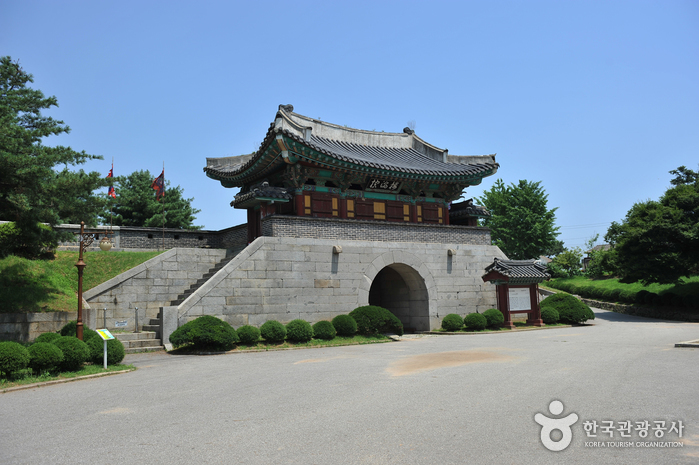
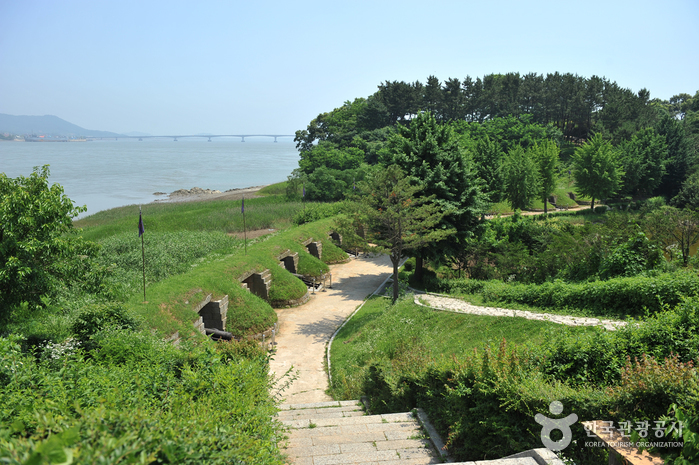
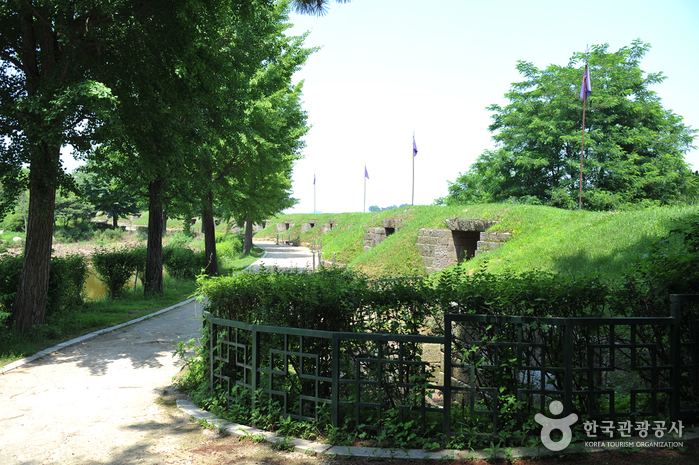
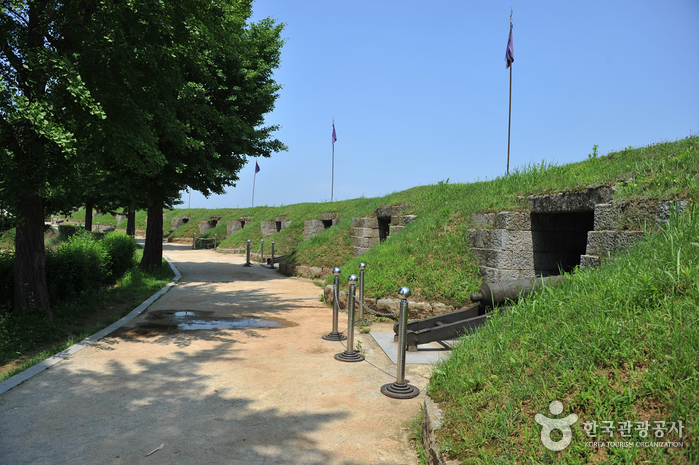
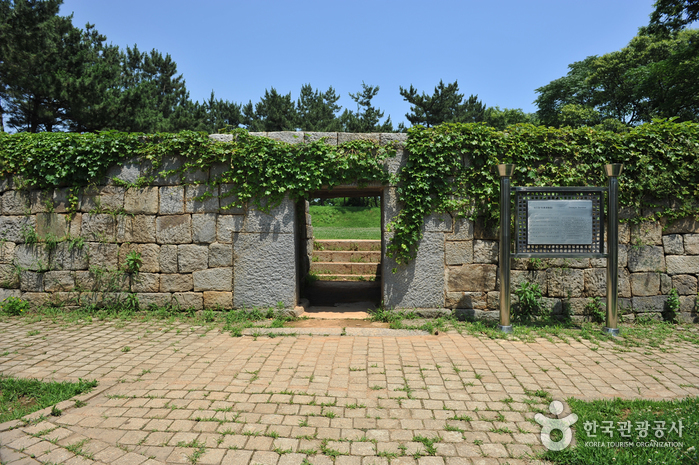
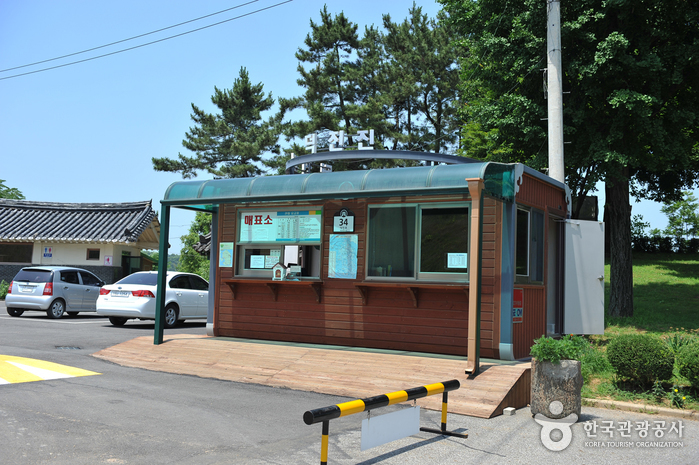
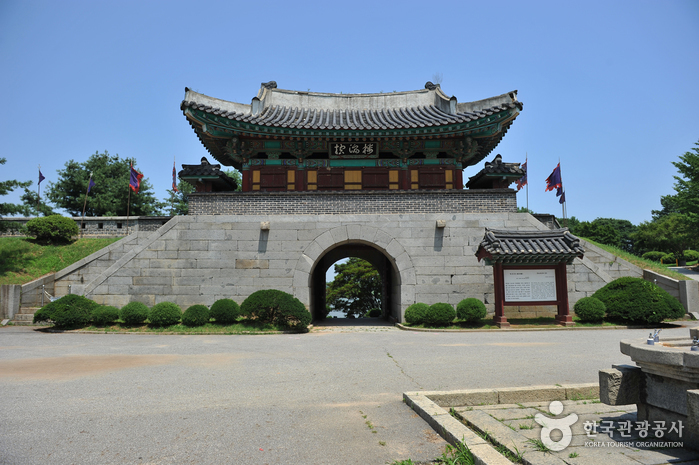
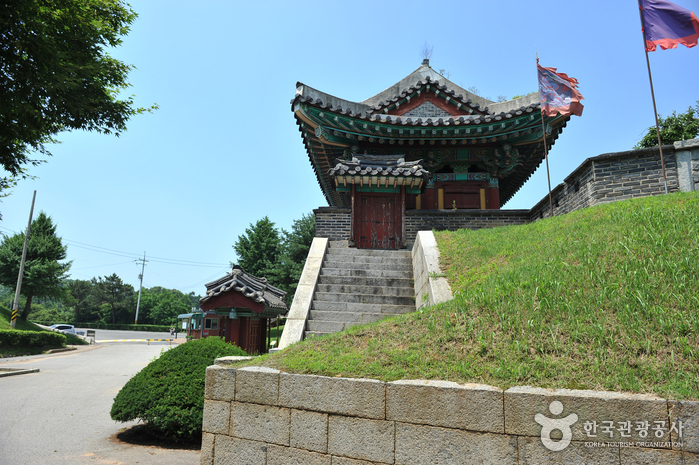
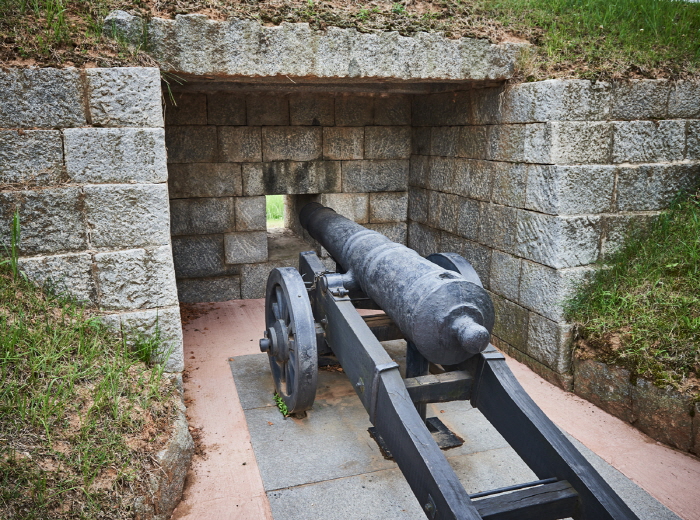
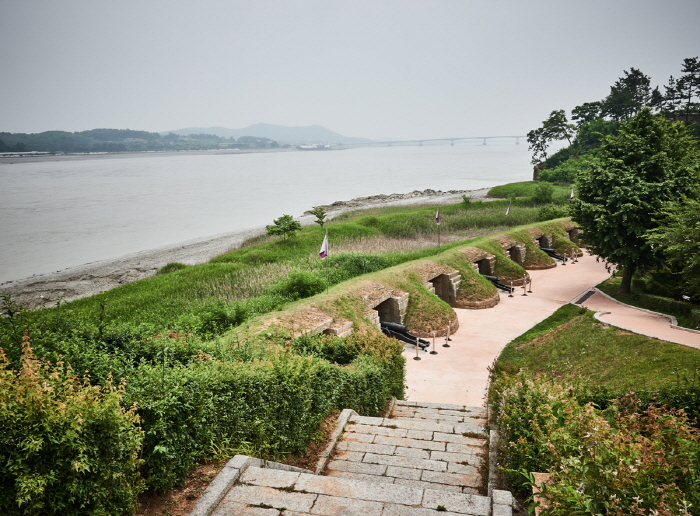
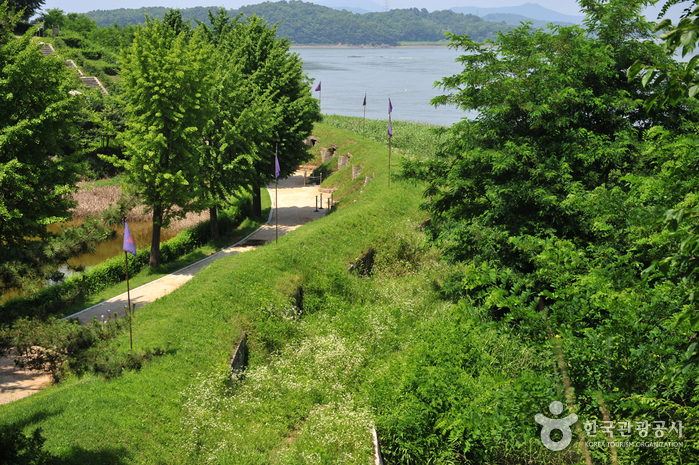
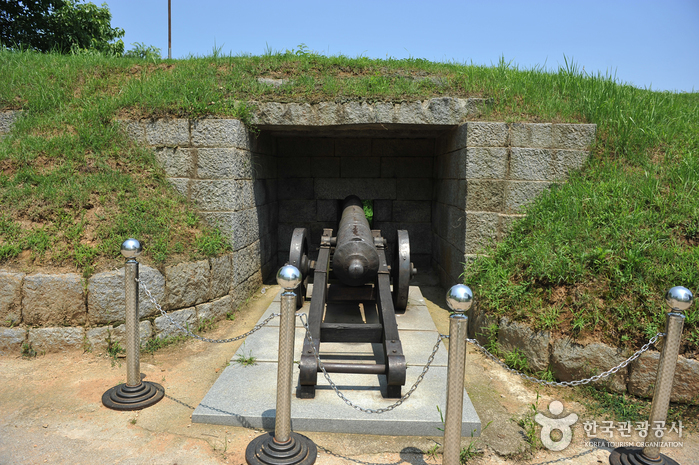
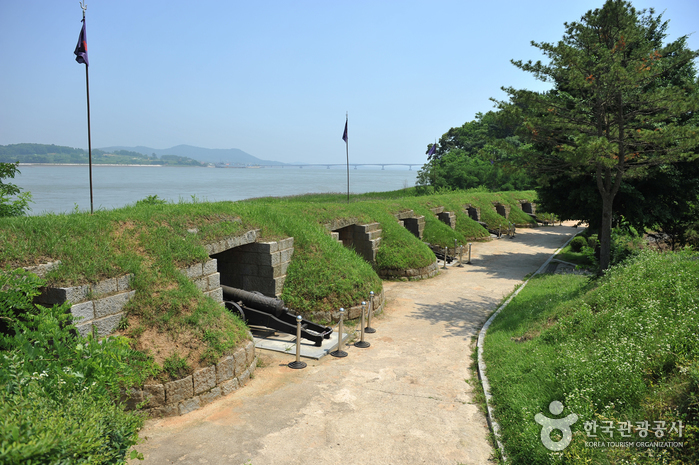
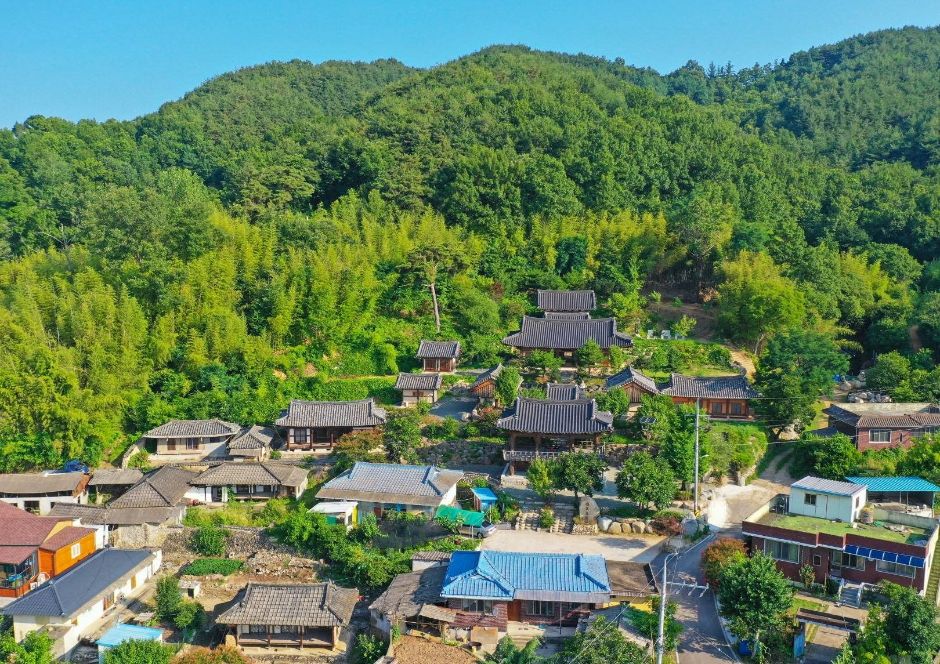

 English
English
 한국어
한국어 日本語
日本語 中文(简体)
中文(简体) Deutsch
Deutsch Français
Français Español
Español Русский
Русский